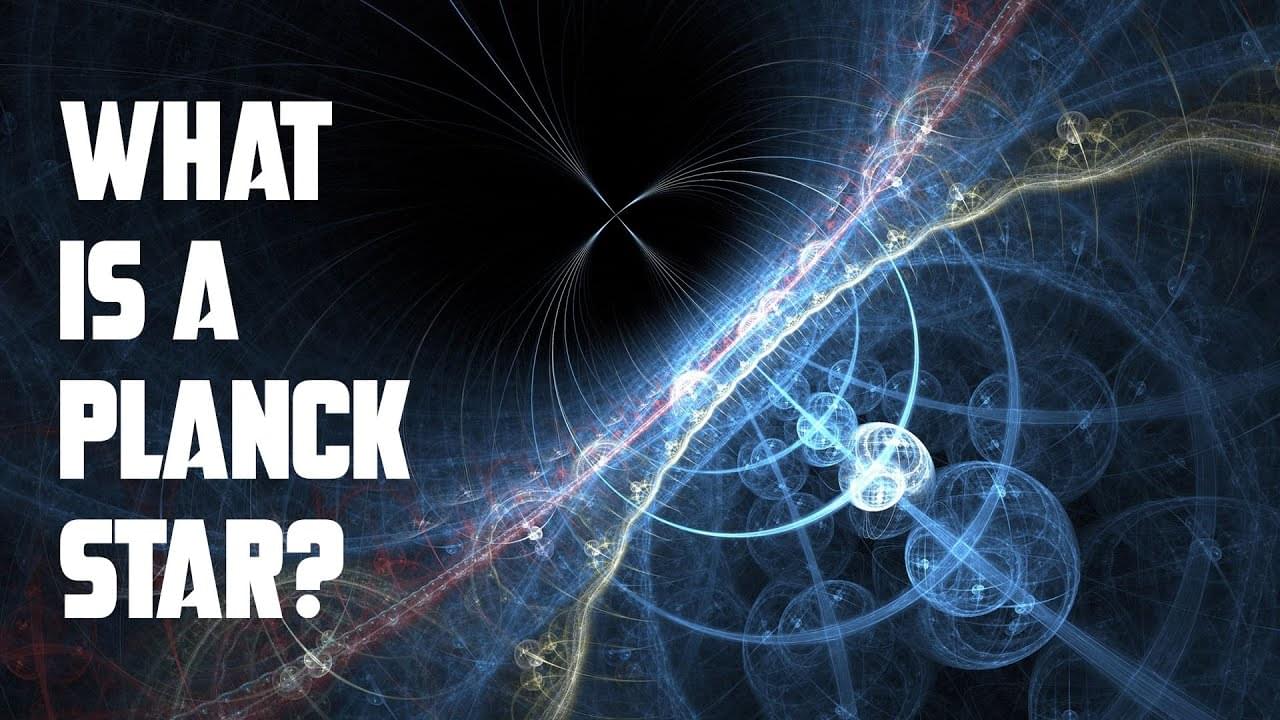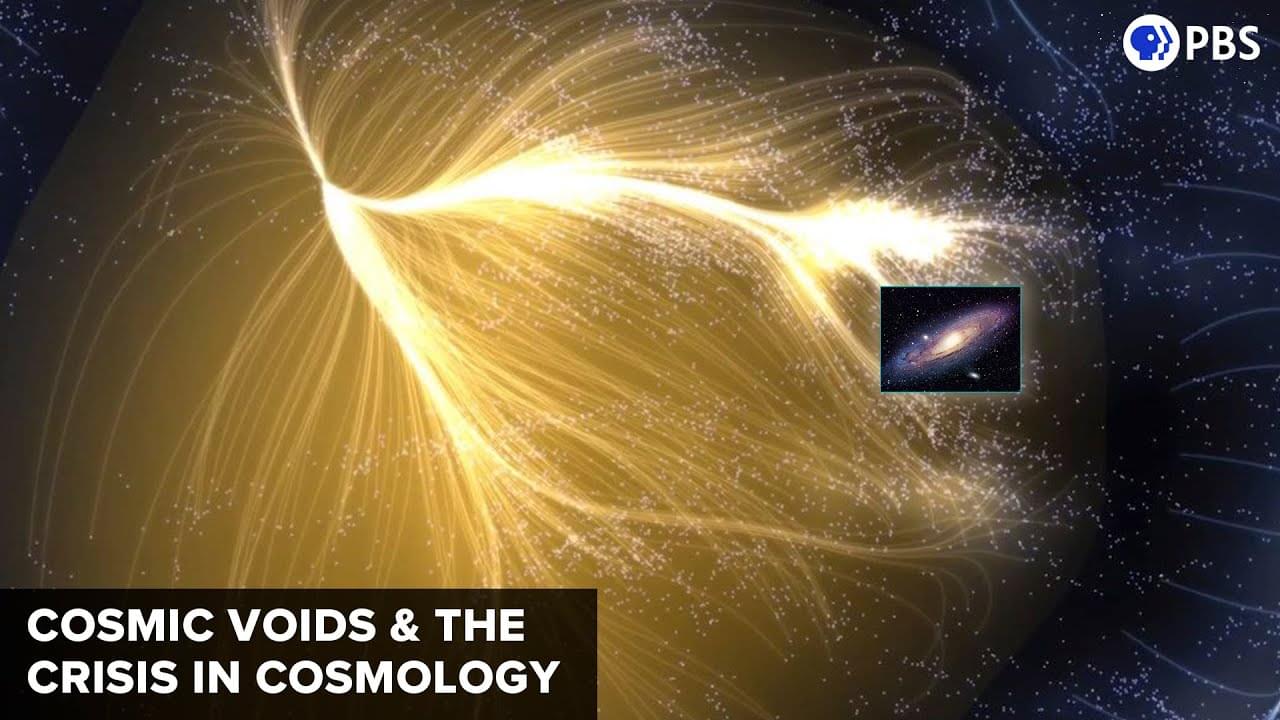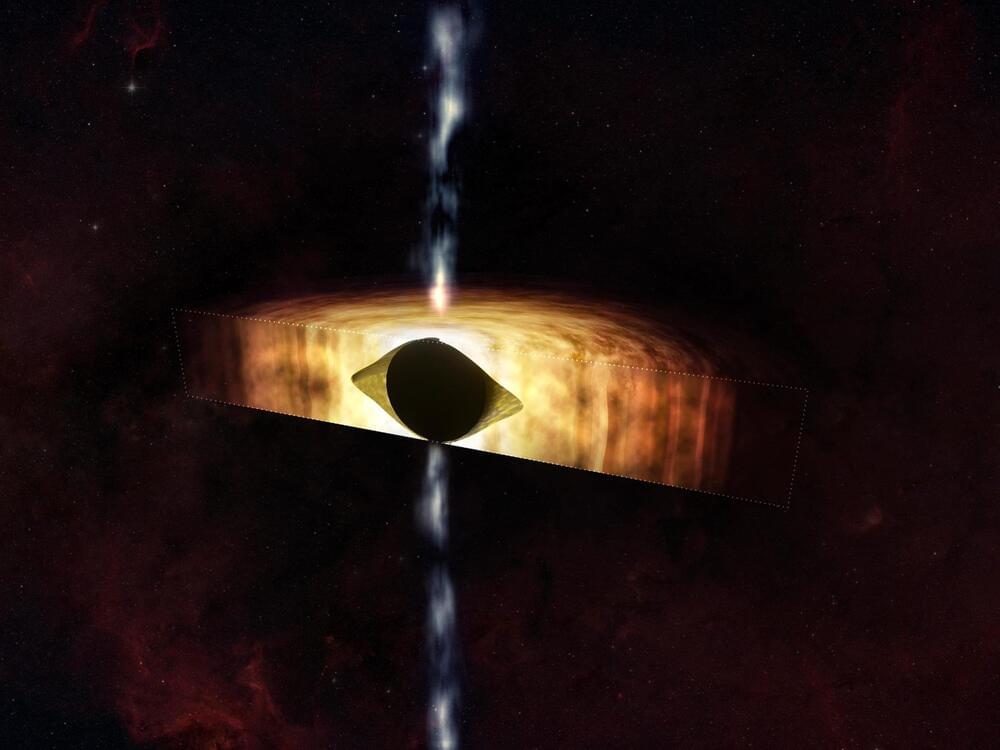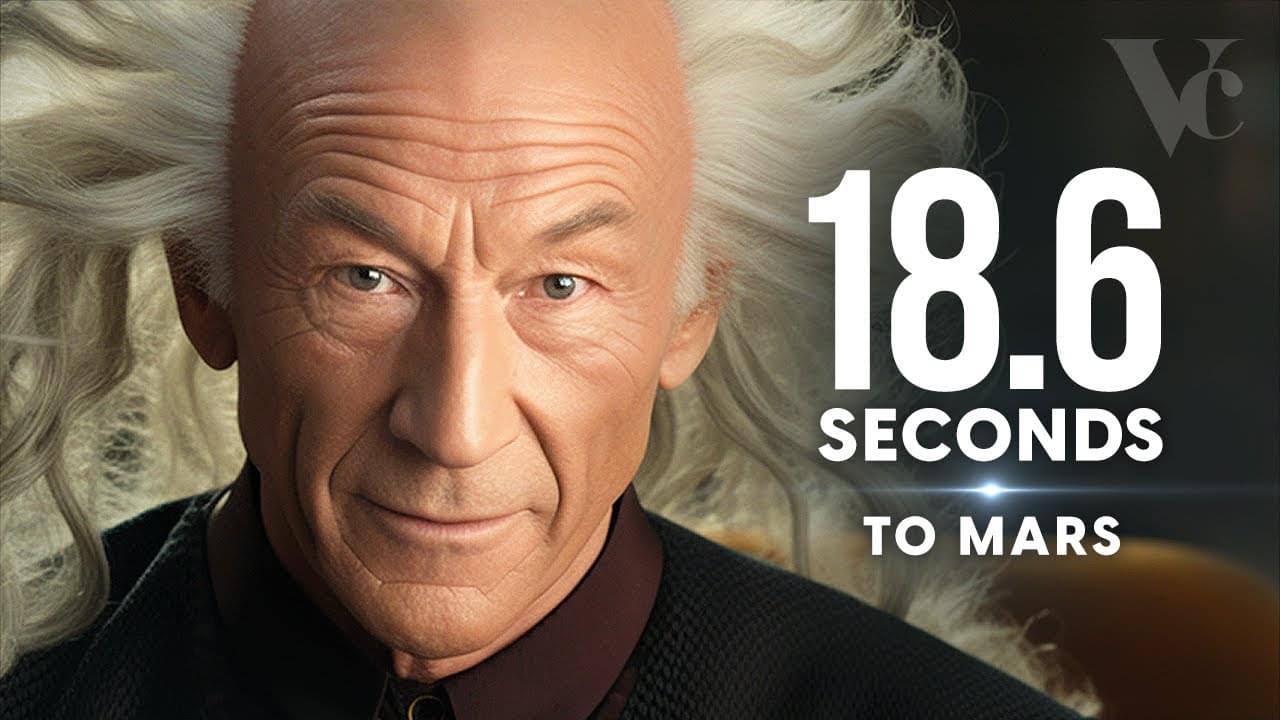Feb 14, 2024
X-ray survey bolsters prevailing theory of universe’s expansion
Posted by Dan Breeden in category: cosmology
EROSITA telescope shows galaxies’ “clumpiness” matches predicted effect of dark energy, dark matter.
EROSITA telescope shows galaxies’ “clumpiness” matches predicted effect of dark energy, dark matter.

Some of the most bizarre and interesting objects in the Universe are stars. Let’s go on a journey and discover what happens when physics is taken to the most extreme.
Chapters:
00:00 Intro.
03:33 Red dwarfs.
04:53 White dwarfs.
06:39 Black Dwarfs.
08:15 Neutron stars.
13:36 Quark stars.
15:58 Strange stars.
16:35 Electroweak stars.
17:38 Planck stars.
The James Webb Space Telescope observed 19 nearby face-on spiral galaxies in near-and mid-infrared light as part of its contributions to the Physics at High Angular resolution in Nearby GalaxieS (PHANGS) program.
It’s oh-so-easy to be absolutely mesmerized by these spiral galaxies. Follow their clearly defined arms, which are brimming with stars, to their centers, where there may be old star clusters and – sometimes – active supermassive black holes. Only NASA’s James Webb Space Telescope can deliver highly detailed scenes of nearby galaxies in a combination of near-and mid-infrared light — and a set of these images was publicly released today.
These Webb images are part of a large, long-standing project, the Physics at High Angular resolution in Nearby GalaxieS (PHANGS) program, which is supported by more than 150 astronomers worldwide. Before Webb took these images, PHANGS was already brimming with data from NASA’s Hubble Space Telescope, the Very Large Telescope’s Multi-Unit Spectroscopic Explorer, and the Atacama Large Millimeter/submillimeter Array, including observations in ultraviolet, visible, and radio light. Webb’s near-and mid-infrared contributions have provided several new puzzle pieces.
Sergey Brin, the brilliant Tech billionaire who co-founded Google, is building an airship at a cost of 250 million dollars, that would allow him to carry his home to wherever he goes. Could this concept be extended to the solar system as a whole? Might we want to take the Sun with us for a ride through the Milky Way galaxy?
Ecclesiastes 1:9 argued: “there is nothing new under the sun.” This gloomy perspective need not be true forever. With a few more centuries of science and technology, our civilization might develop a stellar engine that propels the Sun and allows us to travel with it through the Milky Way galaxy and beyond.
Continue reading “Can Technological Civilizations Move Stars?” »
With the upgraded GRAVITY-instrument at the Very Large Telescope Interferometer of the European Southern Observatory, a team of astronomers led by the Max Planck Institute for Extraterrestrial Physics has determined the mass of a black hole in a galaxy only 2 billion years after the Big Bang. With 300 million solar masses, the black hole is actually under-massive compared to the mass of its host galaxy. Researchers suspect what is happening here.
A paper on this work is published in the journal Nature.
In the more local universe, astronomers have observed tight relationships between the properties of galaxies and the mass of the supermassive black holes residing at their centers, suggesting that galaxies and black holes co-evolve. A crucial test would be to probe this relationship at early cosmic times, but for these far-away galaxies, traditional direct methods of measuring the black hole mass are either impossible or extremely difficult.
In new research published in Astronomy & Astrophysics, researchers have figured out how to precisely calculate the forces that affect galaxies in tidal cycles. The next stage is to find galaxies sufficiently lopsided in the universe to study the velocity of dark matter relative to the galaxies.
So, how can the speed of dark matter be measured? The prerequisite is to find a galaxy in the universe that moves relative to dark matter. Since everything in the universe is in motion and there is a great deal of dark matter, it is not difficult to find such galaxies.
Heavy objects, like galaxies, attract all types of matter, whether it is dark matter or visible matter that we encounter on a daily basis. As dark matter moves past a galaxy, the galaxy begins to pull the dark matter particles towards it. However, the change of speed direction of the particles takes time. Before their trajectory curves towards the galaxy, they already manage to pass the galaxy.

Check out the Space Time Merch Store https://www.pbsspacetime.com/shopSign Up on Patreon to get access to the Space Time Discord!https://www.patreon.com/pbssp…

Black holes have two fundamental properties: their mass (how much they weigh) and their spin (how quickly they rotate). Determining either of these two values tells scientists a great deal about any black hole and how it behaves. In the past, astronomers made several other estimates of Sgr A*’s rotation speed using different techniques, with results ranging from Sgr A* not spinning at all to it spinning at almost the maximum rate.
The new study suggests that Sgr A* is, in fact, spinning very rapidly, which causes the spacetime around it to be squashed down. The illustration shows a cross-section of Sgr A* and material swirling around it in a disk. The black sphere in the center represents the so-called event horizon of the black hole, the point of no return from which nothing, not even light, can escape.
Continue reading “Telescopes Reveal Rapid Spin of Milky Way’s Black Hole Warping Spacetime” »
Even if they were dozens of light-years away, two colliding neutron stars could create a powerful enough explosion to wipe out life on Earth.
At least, that’s according to a recent paper published in The Astrophysical Journal, in which a team of researchers concluded that a kilonova could pose a major threat to Earth-like planets, even at formidable interstellar distances.
A kilonova is usually the result of a collision involving two neutron stars within a binary system, or when a neutron star and a black hole merge. These collisions release brain-melting amounts of electromagnetic radiation in the form of gamma-ray bursts.

This is a sci-fi documentary, looking at how warp drive technology and warp spaceships work. As well as the negative energy needed to travel at warp speed. The faster than light journey to Mars takes 18.6 seconds, but how long does it take to reach the nearest black hole?
It is a journey showing the future science of space travel, exploration, and future space technology.
Continue reading “The 18.6 Second Journey to Mars (Warp Jump Sci-Fi Documentary)” »